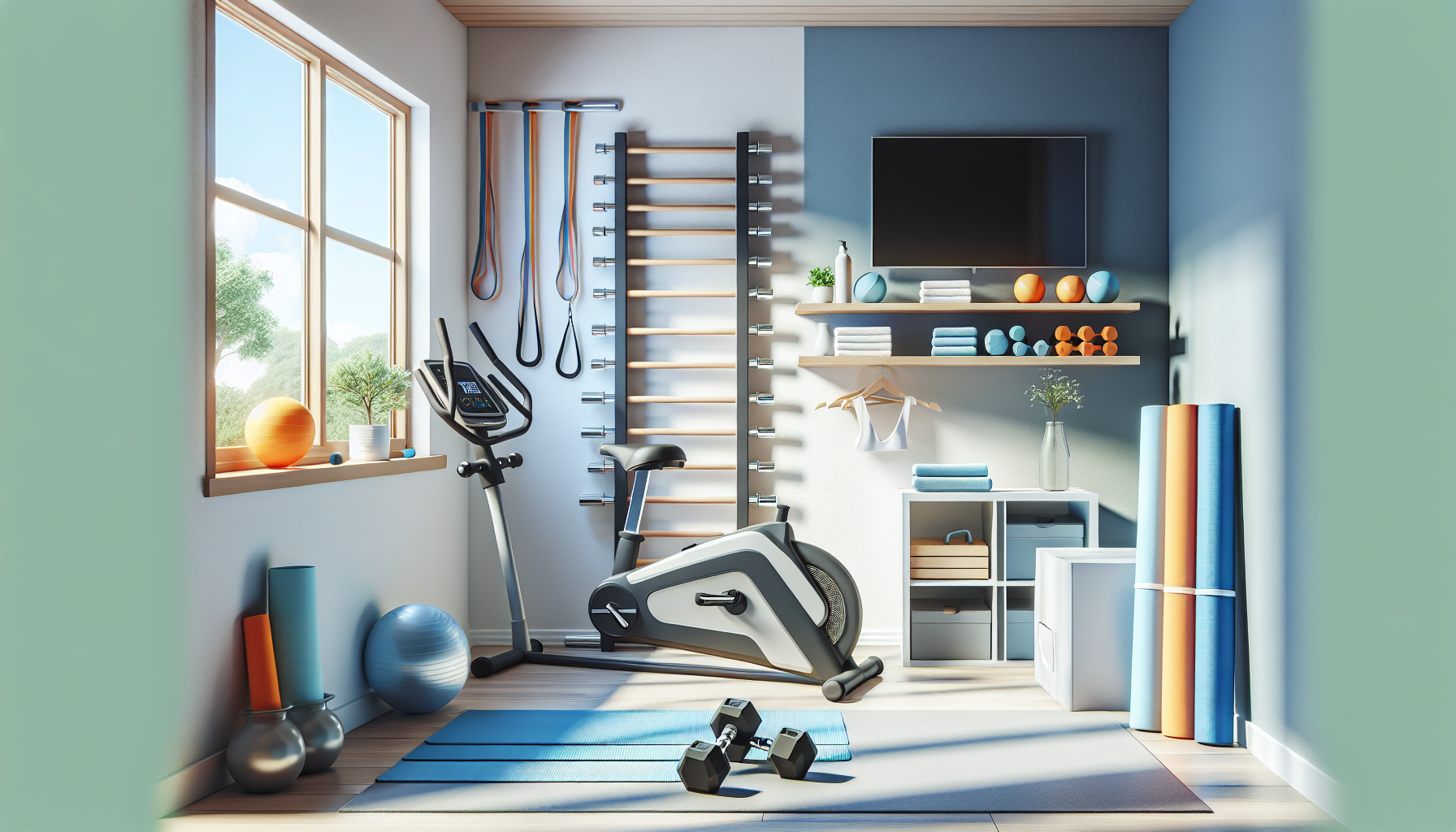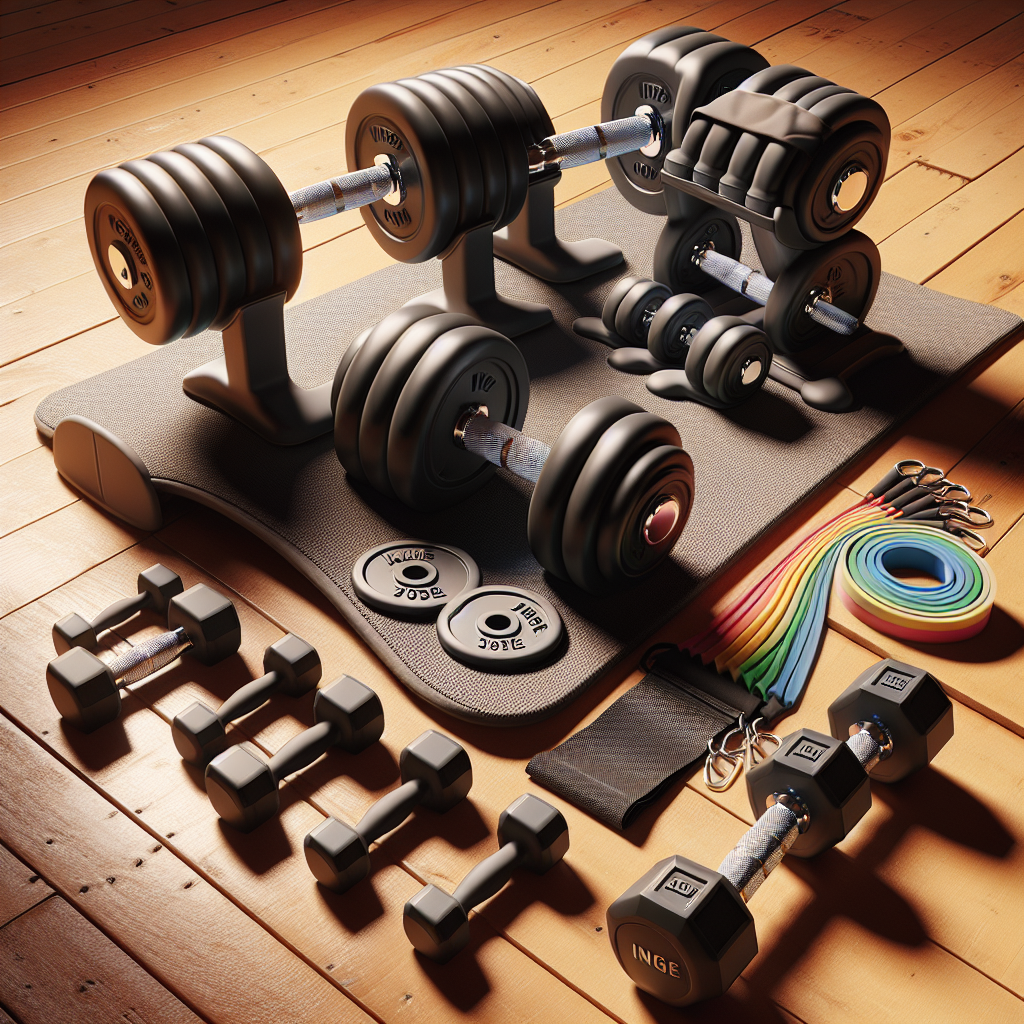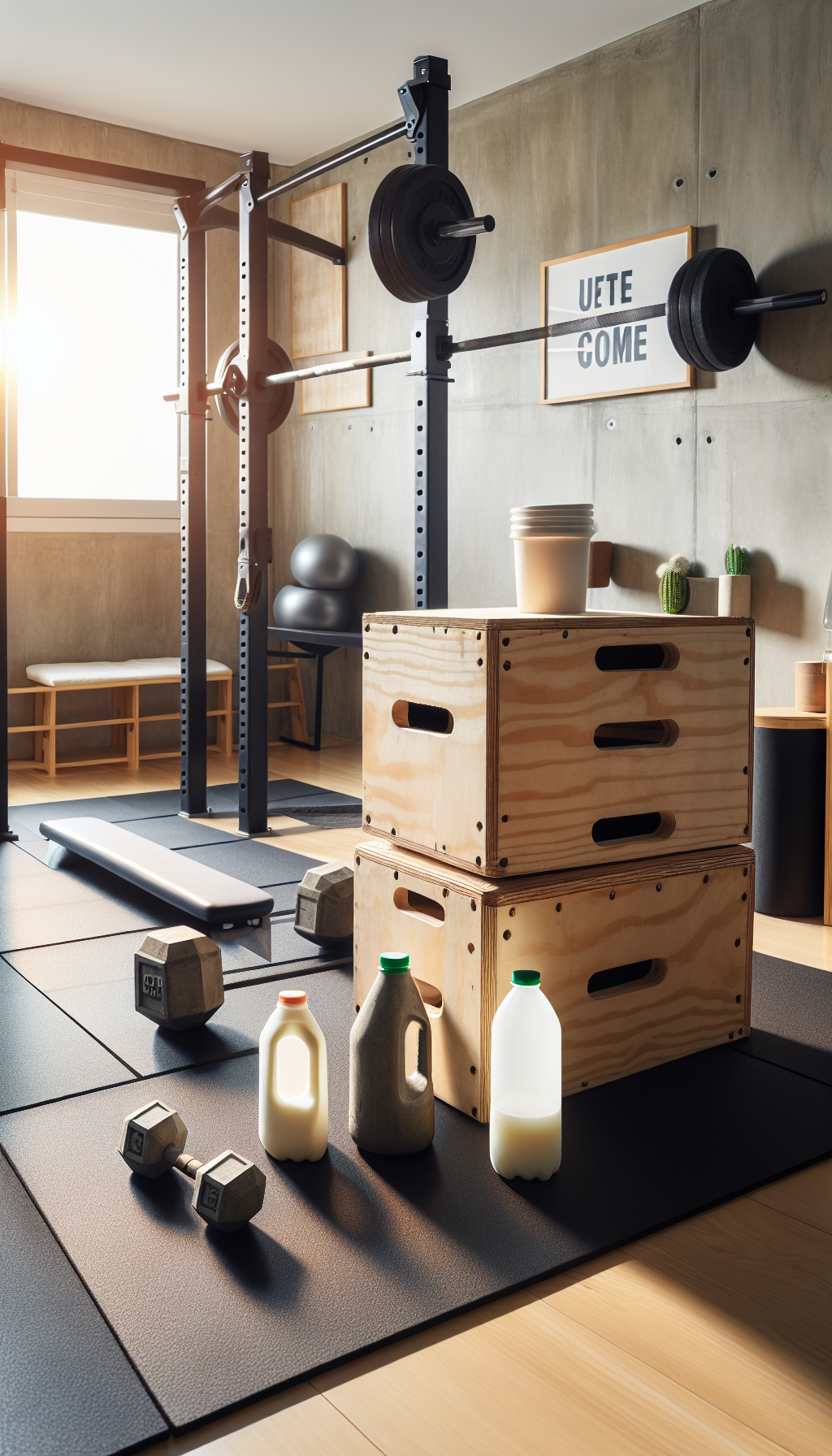Creating a home gym can be an excellent investment in your health and fitness, but the cost of equipment and space can be a major barrier for many. However, with some creativity and strategic planning, it is possible to build a functional and affordable home gym that caters to your workout needs. In this comprehensive guide, we’ll explore different strategies for building a home gym on a budget, without compromising the quality of your workouts or your long-term fitness goals.
Start with What You Have
The first step in building a budget-friendly home gym is to assess what you already own. You might be surprised to find that you have more resources at your disposal than you think. Items such as yoga mats, resistance bands, and even a sturdy chair can be excellent starting points for a variety of exercises.
Utilize Bodyweight Exercises
Bodyweight exercises are a cornerstone of functional fitness and can be performed anywhere, without any equipment. Incorporating exercises like push-ups, squats, lunges, and planks can provide a solid workout routine. For more insights, check out "The Role of Bodyweight Exercises in Functional Fitness" on Avix Health.
Focus on Core Components
When budget is a concern, focus on purchasing equipment that offers the most versatility. Items like a set of adjustable dumbbells, a kettlebell, and a pull-up bar can be used for a multitude of exercises and take up minimal space.
Shop Smart
When it’s time to purchase equipment, look for deals online, in secondhand stores, or even consider buying used items from local gyms. Many people sell barely-used fitness equipment for a fraction of the original price, especially around the New Year when resolutions start to fade.
Prioritize Quality Over Quantity
It’s better to have a few pieces of high-quality equipment than a room full of subpar items. Invest in durable, well-reviewed items that will stand the test of time, reducing the need for replacements and saving money in the long run.
Incorporate Stretching and Flexibility
A home gym isn’t just for high-intensity workouts; it’s also a place to improve your stretching and flexibility, which are crucial for preventing injuries. A simple yoga mat and foam roller can go a long way. To delve deeper into these practices, "Using Stretching and Flexibility to Prevent Injuries" is an excellent resource available on Avix Health.
Leverage Technology
There is an abundance of free or inexpensive fitness apps and online resources that can guide you through workouts tailored to your home gym setup. From HIIT to yoga, these resources can help you stay motivated and on track without breaking the bank.
Use Online Marketplaces
Online marketplaces can be goldmines for budget gym equipment. Check out listings on platforms like Craigslist, eBay, or Facebook Marketplace for deals on weights, benches, and cardio machines.
DIY Equipment
Get creative with homemade gym equipment. For example, a sturdy backpack filled with books can serve as a weight for squats or lunges. There are numerous online guides to help you create your own weights, sandbags, or plyometric boxes.
Embrace Versatility
Choose equipment that can be used for multiple purposes. For example, a bench can serve as a platform for step-ups, a seat for shoulder presses, or a brace for split squats. The more exercises you can perform with a single piece of equipment, the more cost-effective your home gym will be.
Focus on Overall Health
Remember that fitness is not just about the equipment; it’s about a holistic approach to health. Maintaining a balanced diet, ensuring proper sleep, and managing stress are all crucial elements. For more information on how diet impacts workout recovery, visit "Understanding the Impact of Diet on Workout Recovery" on Avix Health.
External Resources for Further Reading
- The Benefits of Resistance Band Training provides an in-depth look at how resistance bands can be used for a full-body workout.
- DIY Plyometric Box Guide offers a step-by-step process for building your own exercise box at home.
- Evaluating Used Fitness Equipment gives tips on how to inspect and buy second-hand gym gear safely and effectively.
By incorporating these strategies and resources, you can build a home gym that fits your budget and supports your fitness journey. Remember that the investment is not just in the equipment but in your health and well-being.
Conclusion
Building a home gym on a budget requires a blend of creativity, research, and smart shopping. Start by using what you already have and incorporate bodyweight exercises to build a strong foundation. Shop secondhand when possible and prioritize quality over quantity to get the most out of your investment.
Incorporate stretching and flexibility into your routine and leverage technology to find workout programs that suit your setup. Don’t be afraid to DIY some of your equipment and remember that versatility in your equipment selection will give you more bang for your buck.
Most importantly, focus on your overall health. A home gym is just one component of a healthy lifestyle. By aligning your fitness routine with a balanced diet and good sleep hygiene, you can achieve your fitness goals in a sustainable and cost-effective manner.
Investing in a home gym is not just about saving money; it’s about investing in a lifestyle that prioritizes health and fitness without the need for a costly gym membership. With the right approach and resources, you can create a space that is both functional and affordable, allowing you to reach your fitness goals on your own terms.



